Gardening Q&A
-
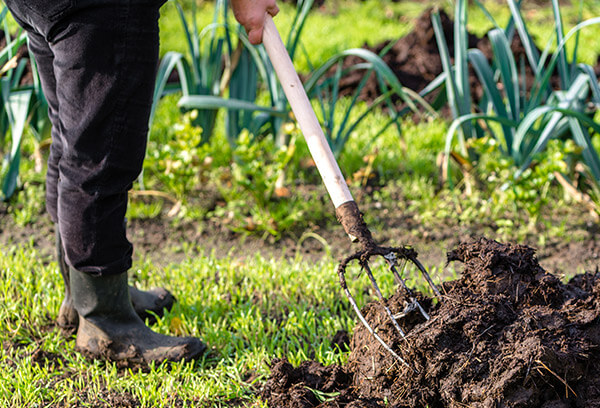
I added compost last year to my vegetable garden beds. Do I need to do it again?
Yes. My rule is every time I take a crop out of the garden, I add compost. When the garden is finished for the season, I add compost. My favorite is composted chicken or turkey manure. Sometimes it has a bit of an odor, but if you mix it with your garden soil, you'll get rid of any odors.
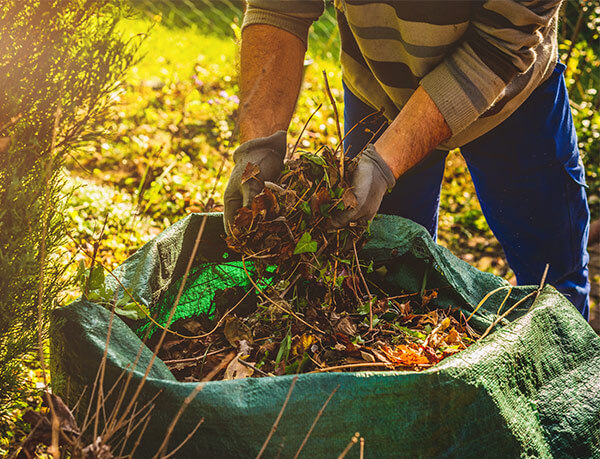
Can I leave the dead leaves and stems from the vegetable garden to decompose over the winter?
I wouldn't recommend it. Debris like that provides a perfect home for overwintering insects, mostly ones not good for the garden. Fall cleanup is just that: Clean all the leftover debris from the garden.
-
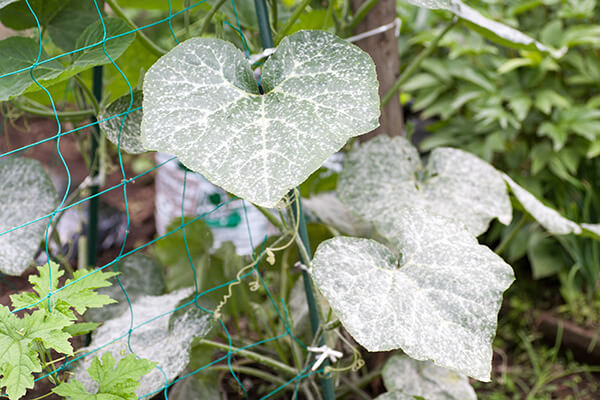
My grapes and crape myrtles have a white, sort of powdery look on the leaves. What is it?
It's a kind of powdery mildew, and most authorities tell you to make sure plants have good air circulation and to avoid getting the leaves wet. But I learned years ago that in California, we have what's called "dry air mildew"—and the best remedy is to wet the leaves. It's true. I noticed where the plant leaves got wet from the sprinklers, there was no mildew. If this was very late in the year, say November, and you were talking about squash or pumpkin foliage, for example, it
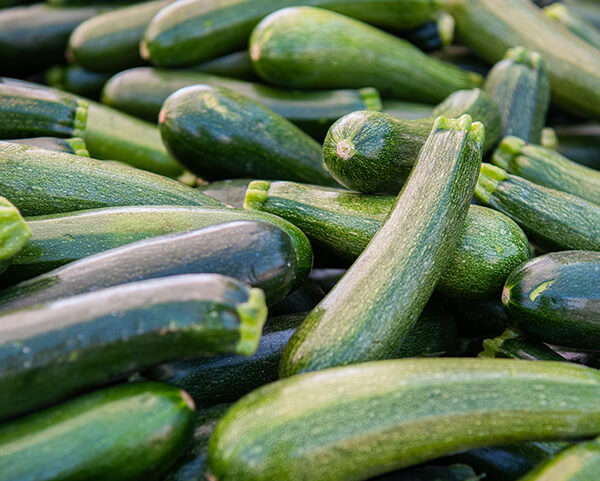
Everyone I know is overrun with zucchini, except me. Am I doing something wrong?
I've had those types of years, too, when even the zucchini won't produce. Most of the time, it's a matter of the flowers not getting pollinated. Squash produces male flowers first, and then the females come along a few weeks later. The female flowers have a small, immature squash at the base of the flower. As long as the male flowers get pollinated, and it takes a specialized bee to do it, the plant gets the signal to produce female flowers. If the female flowers don't get pollinated, the flowers fall away. You can take matters into your own hands: Take a cotton swab or small paintbrush and wiggle it around the anthers of the male flowers to collect pollen, and transfer it to the female ones.
-
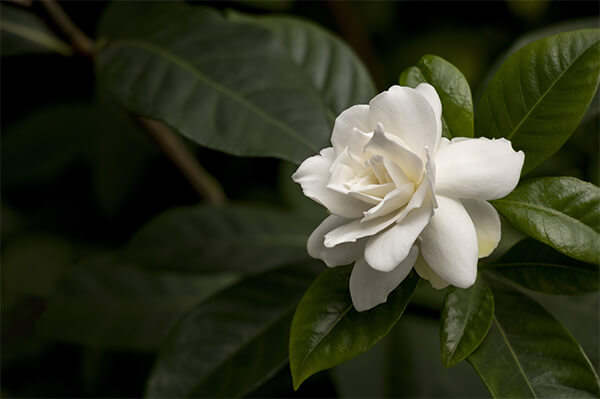
My gardenia buds turn brown and fall off. Why?
Gardenias like to be kept moist, and bud drop is often associated with too little water. Typically, the buds turn brown or black and fall off before opening. Make sure the plant stays moist, but not waterlogged. Gardenias also drop buds when they are moved. If you recently planted or transplanted the bush and it is dropping buds, let it get settled and the problem should remedy itself.

The leaves on the tip of my "Howard McMinn" manzanita are curled and swollen and turning red.
The leaf curling is caused by the manzanita leaf gall aphid. It is usually harmless to the plant, although a little disfiguring to the new growth. Your manzanitas are likely being too well cared for and getting too much water. Cut back on the water and don't fertilize the plants either. Next season, apply a horticultural oil just before the new leaves appear in the spring if the problem persists.

